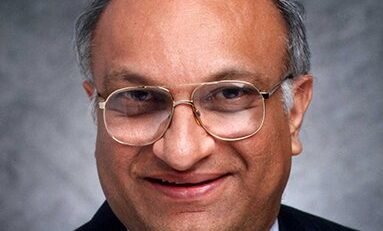MDBs Loans: A New Asset Class for on and off Balance Sheet
Balance sheet management by multilateral development banks (MDBs) with structured financings is in its infancy but path-breaking deals by the African Development Bank (AfDB) and International Finance Corporation (IFC) show the way.
Three MDB transactions are presented herein, involving about $13 billion in public and private sector MDB loans. Both of the AfDB deals totaling $3 billion are synthetic where the loans remain on the MDB’s balance sheet despite substantial risk transfers. The IFC transaction allows co-funding of private sector loans on a pari passu basis with other lenders with only the IFC-funded portion on its balance sheet.
Securitizations with MDB loans sales are more difficult as borrowers accord preferred creditor status to MDBs, which could be reduced if not voided altogether by loan sales. A robust MDB loan CLO market would require: (i) disclosure of MDBs’ historical project loan performance collected and retained in the proprietary Global Emerging Markets (GEMS) database; (ii) more transparent rating agency capital relief criteria for MDB securitizations, and (iii) greater management, investor, banker and MDB attention to this asset class.
Key Findings
• AfDB has been a pioneer in synthetic private and public sector loan securitizations
• IFC has pioneered a co-investing structure for its private sector loans
• True sale transactions with MDB loans may be next — despite low margins on the loans that are justified by the preferred creditor treatment accorded to MDBs.
Article
This article focusses on the G20’s recommendation for MDBs to use risk transfers and securitizations in a radical departure from their traditional approach of originating loans to hold them on their own balance sheets. The need for such a transformation of a successful eighty- year old MDB business model arises from the demands on MDBs do a lot more lending and investment from a confluence of key realities:
• First, COVID-19 has cost developing countries an estimated 5% of their Gross Domestic Product (GDP) in 2020, pushing at least 100 million people into extreme poverty.
• Second, many countries face debt distress and require MDB assistance in the face of rising food and energy prices from the war on Ukraine and rising interest rates and a strong dollar from the global fight against inflation.
• Third, an estimated $2.5 trillion are needed annually to 2030 for the Paris climate goals and Sustainable Development Goals as the pandemic has delayed actions on climate.
• Fourth, the G20 has identified in a major report key MDB reforms that could unlock $500 billion to $1 trillion in new investment in developing countries, versus current MDB disbursements of only $200 billion annually (Exhibit 1, Standard & Poor’s 2022, 8).
• Finally, the G20 report finds that substantial private institutional funds can be invested in developing countries’ climate and SDG projects if MDBs “de-risk” the investments.
READ FULL ARTICLE











Leave a Reply